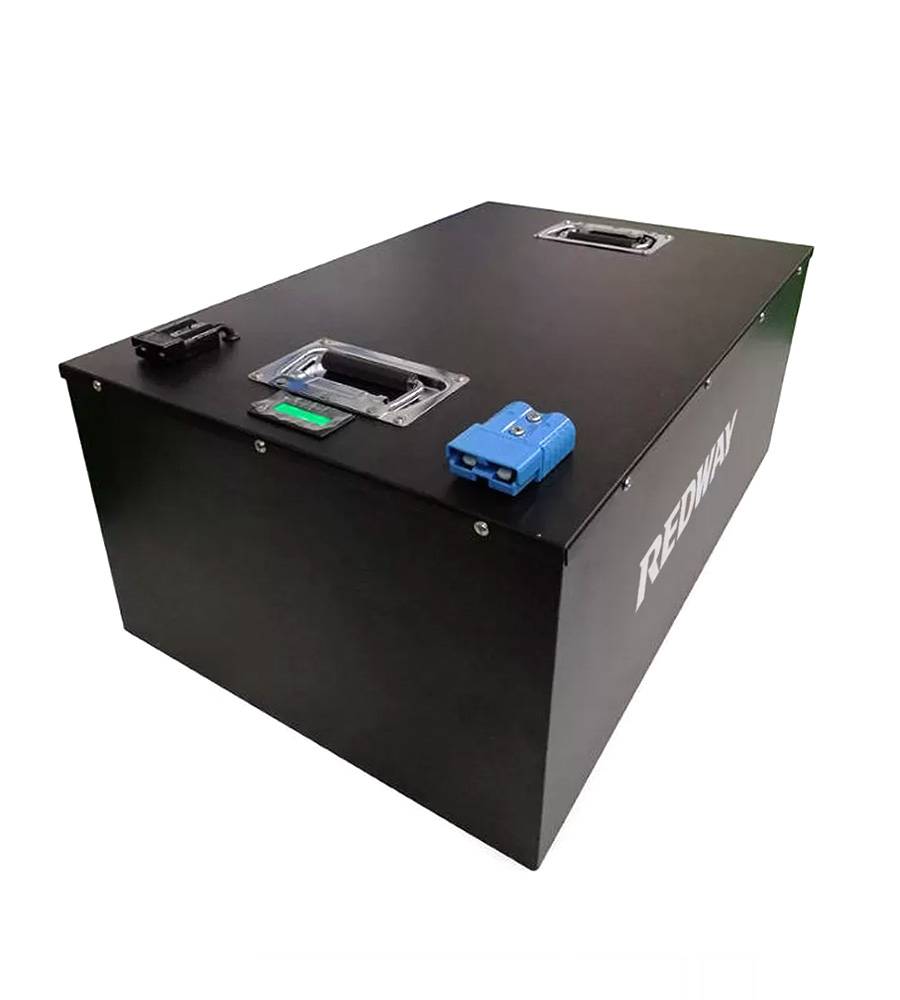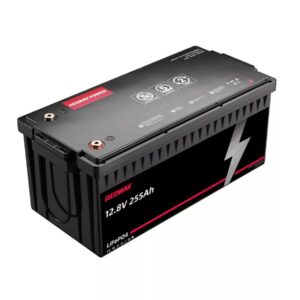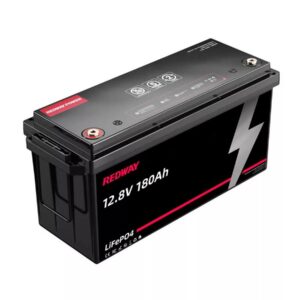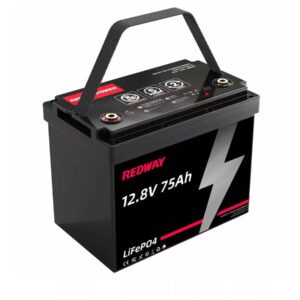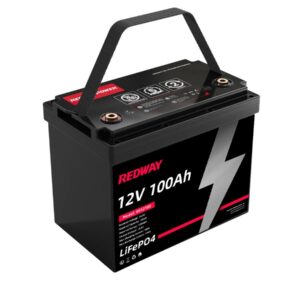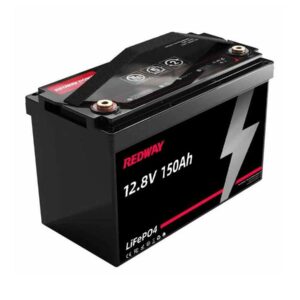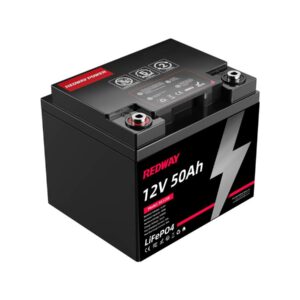Description
Our **60V 200Ah LiFePO4 Battery** is a high-performance energy solution engineered for electric vehicles and industrial equipment. As a leading lithium battery manufacturer, we specialize in OEM/ODM projects, delivering robust, long-lasting power systems tailored to diverse operational needs.
Key Features
High Capacity & Energy Output: With 60V voltage and 200Ah capacity, this lithium battery provides 12.16kWh of energy, enabling extended runtime for electric scooters, forklifts, and AGVs.
Superior Cycle Life: Designed for over 4,000 cycles at 80% DOD, it outlasts traditional lead – acid batteries by 300%, minimizing replacement costs.
Advanced Safety: Integrated BMS protects against overcharging, overheating, and short circuits, ensuring stable operation in extreme temperatures (-20¡ãC to 60¡ãC).
Versatile Applications: Ideal for electric motorcycles, floor cleaners, marine equipment, and more, thanks to its IP67 – rated dust/water resistance.
Customizable Options: Features like Bluetooth monitoring, fast charging, and multi – protocol communication support tailored OEM solutions.
Product Description
The **60V 200Ah LiFePO4 Battery** combines military – grade durability with cutting – edge technology. Its compact dimensions (999¡Á599¡Á181mm) and 153 kg weight suit heavy – duty environments, while the modular design simplifies integration into existing systems. Proprietary thermal management maintains performance in tropical climates, and the 5 – year warranty guarantees reliability.
Why Choose 60V 200Ah Lithium Batteries for High Capacity and Long Life?
60V 200Ah lithium batteries deliver 12.16kWh of reliable energy storage with superior cycle life, advanced safety features, and intelligent Battery Management System (BMS). Their robust design and fast charging capabilities make them ideal for electric vehicles, industrial equipment, and renewable energy systems requiring high capacity and long-lasting power.
What are the key technical specifications of 60V 200Ah lithium batteries?
These batteries have a nominal voltage of 60.8V and a capacity of 200Ah, providing 12.16kWh of energy. They support continuous discharge currents up to 150A and peak currents up to 300A for short bursts. The battery measures approximately 997 x 598 x 181 mm, weighs about 120-153 kg depending on configuration, and features an IP65 to IP67 rated metal casing. Operating temperature ranges from -20°C to 60°C for discharge and 0°C to 60°C for charging.
How do 60V 200Ah lithium batteries provide high capacity and long life?
These batteries utilize LiFePO4 chemistry, offering high energy density and stable voltage output. Their long cycle life of over 4000 cycles at 80% depth of discharge ensures extended operational lifespan. Fast charging reduces downtime, and low self-discharge rates maintain battery readiness over time.
What safety features do 60V 200Ah lithium batteries include?
Equipped with an advanced BMS, these batteries monitor voltage, current, temperature, and state of charge to prevent overcharge, over-discharge, short circuits, and thermal runaway. Certifications include UN38.3, UL1642, IEC62619, CE, and RoHS, ensuring compliance with global safety standards. The robust metal casing provides physical protection and heat dissipation.
How long is the cycle life and lifespan of 60V 200Ah lithium batteries?
These batteries offer over 4000 full charge-discharge cycles at 80% depth of discharge, translating to 8 to 10 years of service life under typical conditions. This longevity reduces replacement frequency and total cost of ownership compared to lead-acid batteries.
How are 60V 200Ah lithium batteries charged and maintained?
They support CC-CV charging protocols with recommended charging currents up to 100A, typically achieving full charge within 3 to 6 hours. Maintenance is minimal, with no watering or equalizing needed. Proper storage and periodic inspections extend battery health.
What applications are suitable for 60V 200Ah lithium batteries?
Ideal for electric vehicles such as electric bikes, scooters, golf carts, forklifts, and industrial equipment. They are also suitable for renewable energy storage, backup power systems, and off-grid applications.
How do 60V 200Ah lithium batteries compare to traditional lead-acid batteries?
Lithium batteries are lighter, have higher energy density, longer cycle life, faster charging, and require minimal maintenance compared to lead-acid batteries. They eliminate acid spills and toxic emissions, enhancing safety and environmental friendliness. Although upfront costs are higher, total cost of ownership is lower.
How does the Battery Management System (BMS) enhance safety and performance?
The BMS continuously balances cell voltages, monitors temperature and current, and protects against faults such as overcharge, deep discharge, and short circuits. It enables predictive maintenance by providing real-time data, maximizing battery lifespan and operational safety.
What environmental benefits do 60V 200Ah lithium batteries provide?
These batteries reduce environmental impact by eliminating hazardous lead and acid waste. Their long lifespan reduces battery turnover and waste generation. Lithium batteries are recyclable, supporting sustainable energy initiatives.
How does temperature affect the performance and durability of 60V 200Ah lithium batteries?
Optimal charging occurs between 0°C and 60°C, with discharge effective from -20°C to 60°C. Charging below freezing is disabled to protect battery health. Extreme temperatures may reduce capacity temporarily and accelerate aging, but BMS protections mitigate these effects.
Chart: Lithium vs Lead-Acid Battery Comparison
| Feature | 60V 200Ah Lithium Battery | Lead-Acid Battery |
|---|---|---|
| Nominal Voltage | 60.8V | 60V |
| Energy Capacity | 12.16 kWh | ~10 kWh |
| Cycle Life | 4,000+ cycles | 500 – 1,000 cycles |
| Weight | 120 – 153 kg | 150 – 200 kg |
| Charging Time | 3 – 6 hours | 8 – 12 hours |
| Maintenance | Minimal | Regular watering required |
| Safety Certifications | UN38.3, UL1642, IEC62619 | Varies |
Chart: Battery Cycle Life vs Depth of Discharge (DoD)
| Depth of Discharge (%) | Cycle Life (approximate) |
|---|---|
| 30% | 6,000+ cycles |
| 50% | 5,000 cycles |
| 70% | 4,000 cycles |
| 80% | 3,500 cycles |

